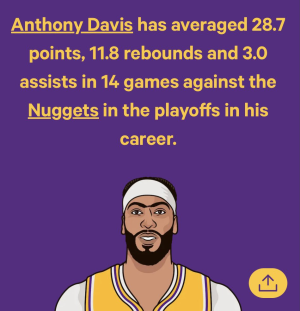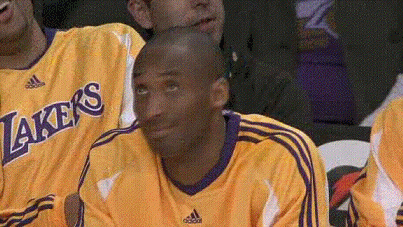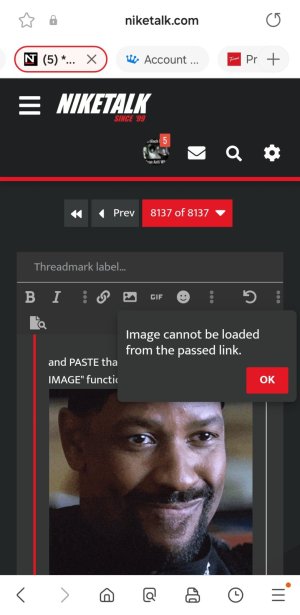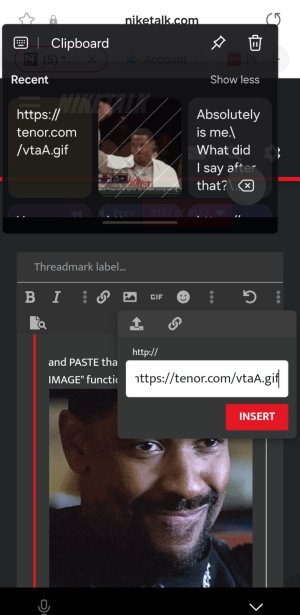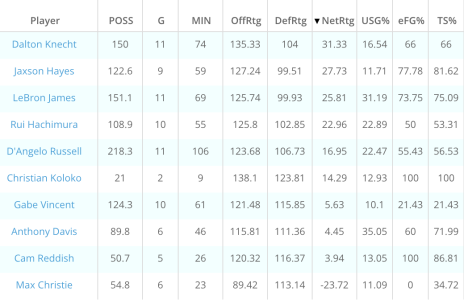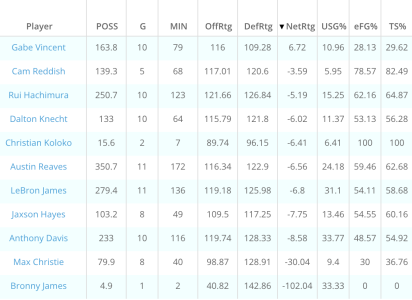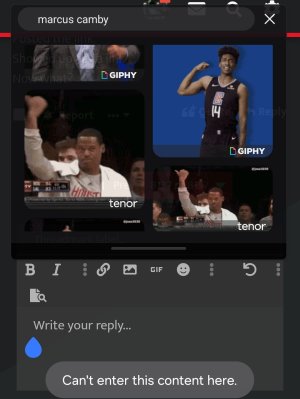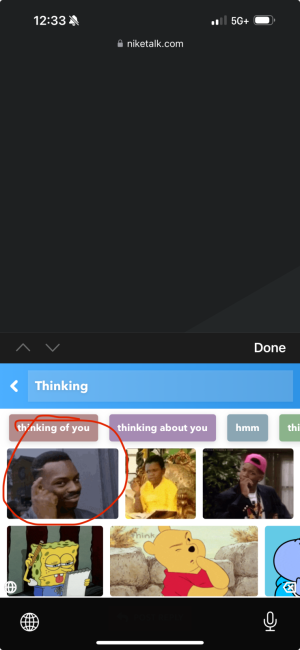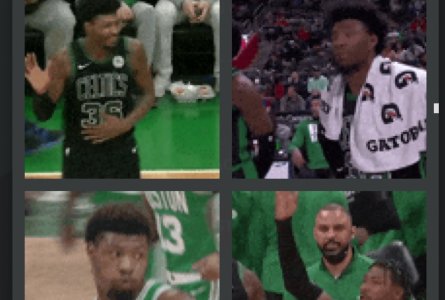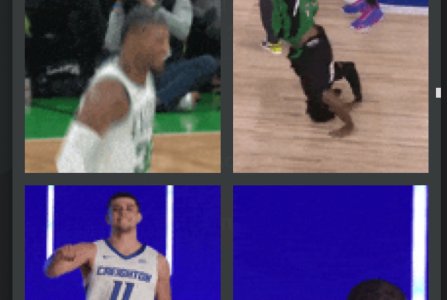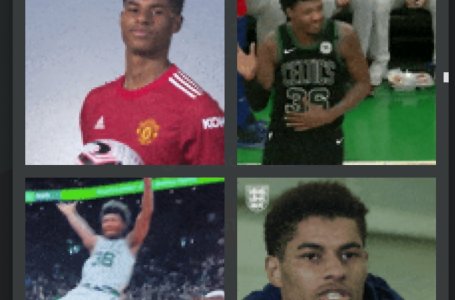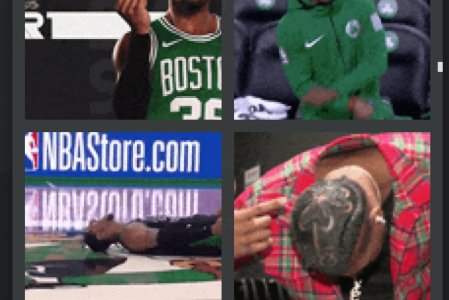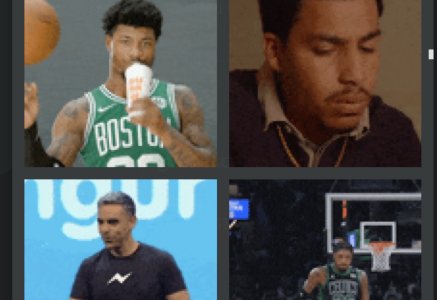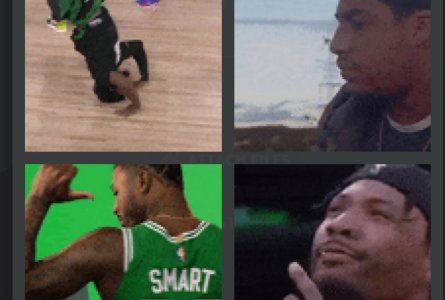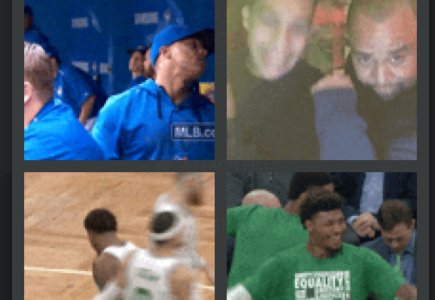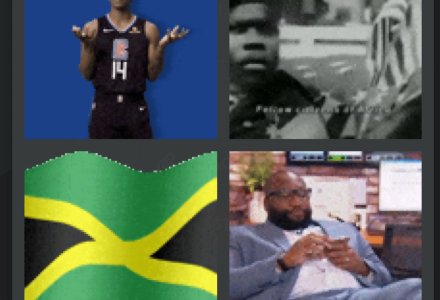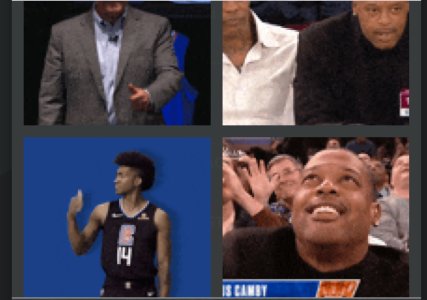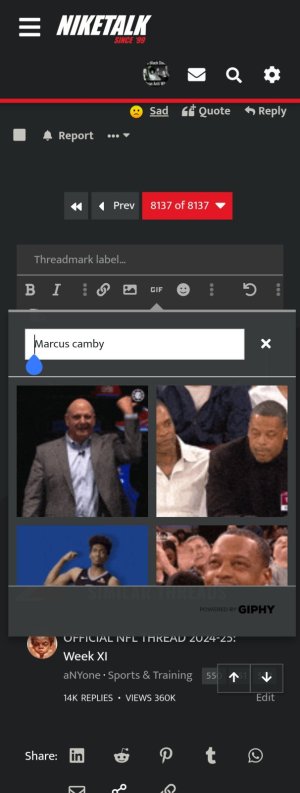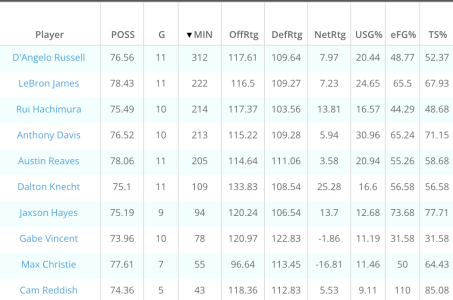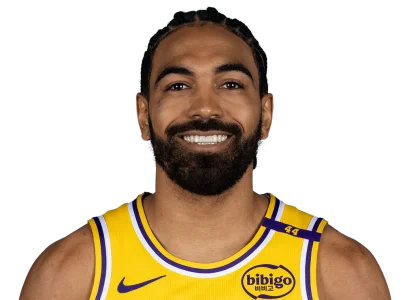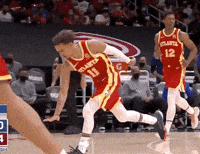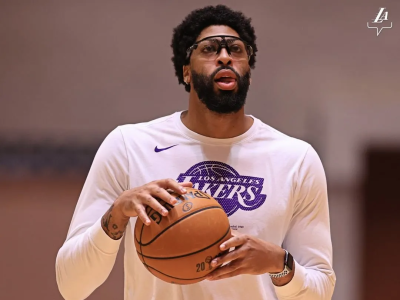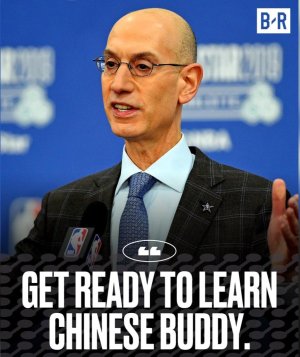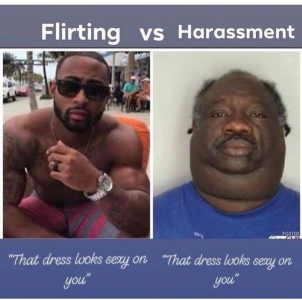State of the Lakers: How does the Anthony Davis injury affect LA’s trade and roster plans?
Following a 130-104 loss to the Phoenix Suns on Monday, the Los Angeles Lakers are 13-17 through 30 games — a 36-win pace over an 82-game season.
The Lakers have won three of their last five games, continuing their ascension since starting 2-10. However, Anthony Davis’ right foot injury last week – which will keep him out for a minimum of a month, per The Athletic’s Shams Charania – has cast a cloud over their season. The Lakers have yet to announce an official diagnosis or timetable for the injury. It’s difficult to assess their season without first knowing Davis’ status.
But now that we’ve reached the 30-game mark, let’s check in on 10 important recent storylines, including the Lakers’ approach on the trade market, Thomas Bryant’s revival, Max Christie’s emergence, the struggles of the starting backcourt, lineup data and more.
1. How will LA’s approach to trades change, if at all?
Arguably the biggest question following Davis’ injury is how it will affect the Lakers’ approach on the trade market?
The answer varies depending on who you talk to.
There are several factors the Lakers are currently weighing: Davis’ injury and timeline; the contract lengths of potential trade targets; the timing of the trade market; the value of their first-round picks; and the team’s ceiling, both in the short and long term.
Davis’ injury has increased the probability that the only move the Lakers make is a smaller trade featuring, at most, one first-round pick, sources with knowledge of the Lakers’ plans told The Athletic. The one exception is if a star that can grow alongside Davis over the next few years becomes available.
But the most likely trade outcome, at this point, is some form of Patrick Beverley, Kendrick Nunn and either the 2027 or 2029 first-round pick (likely protected) for a 3-and-D wing or combo forward that fits well next Davis and James, those sources said. As The Athletic’s Sam Amick reported last week, Russell Westbrook is likely to stay with the Lakers past the trade deadline, unless the team can find a deal ahead of the Feb. 9 trade deadline that requires them to trade only one of their future first-round picks.
In addition to the other names that have been attached to the Lakers, some others to watch that are expected to be available are Jae Crowder, Eric Gordon, Alec Burks, Terry Rozier, P.J. Washington, Kelly Oubre Jr., Josh Richardson and Jakob Poeltl, according to those sources.
The Lakers don’t believe there is a trade presently available that will immediately turn them into a contender, especially when factoring in the likelihood that Davis will miss a few weeks at a minimum.
From the Lakers’ vantage point, the downside to making the wrong deal is potentially having to reload the roster by trading future first-round picks down the road. They don’t want to dig themselves into a deeper depth and long-term asset hole. The biggest swing factor will ultimately be which teams decide to become sellers; as of now, there aren’t many teams who seem willing to part with starting-caliber veterans.
2. Another tragic AD injury
For the third straight season, Davis has suffered a major injury that’ll cause him to miss a significant portion of the schedule.
Debating if Davis is injury-prone or brittle is pointless. Whether its due to the way his body absorbs contact, his style of play or accidental bad luck, Davis continues to suffer random lower-extremity injuries. His current injury is another tragic wrinkle in Davis’ career post-2020 championship.
Davis has been the Lakers’ best player this season. He should be an All-Star and make an All-NBA team. On the season, Davis is on pace to become the first Laker to average at least 25 points and 10 rebounds since Shaquille O’Neal last did so in the 2002-03 season. He is also one of two players (Memphis’ Jaren Jackson Jr. being the other) to average at least two blocks and a steal this season.
Had the Lakers’ record been better, Davis would be getting MVP buzz and Defensive Player of the Year consideration. This might be the best individual season of his career, and it being interrupted by another considerable setback is unfortunate for him.
The Lakers’ roster is top-heavy given the salaries of their three stars. When healthy, this was already a fringe playoff team. But without Davis for multiple weeks, there’s a legitimate chance the 12th-place Lakers could tread water or even fall further back in the standings.
3. LeBron is coming
After a slow start by his standards, LeBron James has been surging over the past week. He’s posted four straight games with at least 30 points and is averaging 32.8 points over that span.
James is continuing to struggle with his 3-point shot (28.0 percent over the four games), but he’s getting downhill and finishing at the rim and/or drawing fouls at a higher rate than earlier in the season. He’s looked sprier, and is no longer solely going through defenders to create separation. He’s been active in passing lanes and more alert defensively as well.
One of the Lakers’ biggest challenges is not relying too heavily on James, as they’ve often had to when Davis missed time with an injury in the past. James is averaging 39.2 minutes over his past five games – a number that’s partly skewed because of overtime games vs. Philadelphia and Boston. Nonetheless, at nearly 38, the Lakers need to pace James’ workload. Among 369 players to appear in at least 50 games in the last two seasons, he is sixth in minutes per game.
4. Thomas Bryant’s revival
As recently as a little over a week ago, Bryant appeared almost unplayable for the Lakers. But that’s flipped over the past few games. Overall, Bryant is quietly playing career-best basketball for the Lakers this season.
He’s emerged in Davis’ absence, averaging 17.7 points on 61.1 percent shooting and 55.6 percent 3-point shooting, along with 7.0 rebounds over the past three games. Bryant is an efficient and effective offensive option, finishing off pocket passes in the pick-and-roll, dump-off passes on drives and kick-outs on pops.
His energy in the paint is relentless. He’s a constant threat to collect offensive rebounds, even against multiple defenders in tight spaces as he does here against the Suns.
Bryant’s pick-and-roll game is one of his most impressive attributes. He times his rolls precisely, catches just about any pass and finishes through traffic.
James and Bryant make this sequence appear seamless, but that through-the-legs pass from James is incredible, as is Bryant’s ability to catch this and dunk on one of the game’s best rim-protectors in Kristaps Porzingis.
Bryant’s 3-point shot is a much-needed wrinkle for a group that desperately needs floor-spacing and a 3-point boost.
He’s excelled in pick-and-pop situations, but he’s also shown an ability to relocate on drives into spot-up positions. Here, he slides back to the left corner on Beverley’s drive, setting up an open corner 3.
Bryant has had an extra pep in his step lately, exploding for lobs and putbacks. He’s been a steal on a veteran’s minimum contract, looking the part of an elite third big and possible 5th starter-type.
5. The starting backcourt isn’t working
The Lakers are minus-50 in the 161 minutes the starting backcourt of Dennis Schroder and Patrick Beverley has played together. The two just don’t fit well together. They probably shouldn’t be playing together, let alone starting. It’s unclear what Ham is seeing with the tandem.
There is a redundancy between the two players that suggests they should be staggered. They are both barely over 6 feet and are at their best pressuring a ballhandler – but the Lakers only need one of those types unless a team has two point-guard-sized players on the floor (unlike the Lakers, most teams don’t start games that way). Neither inspires much fear in defenses as a perimeter threat. The Lakers have a 107.1 offensive rating with the pair on the floor, per NBA.com, which is worse than the Hornets’ 30th-ranked offense (107.9 offensive rating).
And it’s not like they’re making up for it on the other end of the floor, either. Their 120.2 defensive rating is worse than the Spurs’ 30th-ranked defense (117.8 defensive rating). Essentially, the Lakers are performing as the worst offense and defense in the league when Schroder and Beverley play together.
Between the two, Schroder has been more productive. He had a breakout performance against the Suns with 30 points, though that came with James, Davis, Westbrook and Austin Reaves sidelined. The Lakers need more size in their starting group. The obvious candidates to slide in for Beverley are Reaves and Troy Brown Jr. Reaves has been the team’s third-best player and should have the edge.
6. Max Christie emerges
Max Christie has largely been the 14th or 15th man, splitting his time between South Bay and the Lakers. But recently, the rookie has emerged in the rotation as a valuable contributor, fitting the much-needed mold of a 3-and-D wing.
The 19-year-old Christie is a high-IQ prospect with poise and an even-keeled nature that belies his age. He’s a solid defender for his size and weight, using his long arms well to mirror the ball and contest shots and passes. He’s shooting 40 percent on 3s and is progressively gaining confidence. He’s one of the team’s better rebounders among the guards, which was a skill that he displayed in summer league.
The Lakers appear to have found another rotation player in the latter portions of the draft. Their scouting success in the later rounds continues to be one of their most valuable roster-building weapons.
7. What lineups are and aren’t working?
The Lakers are past the one-third mark of the season. Their most-used lineups don’t have as many minutes as other teams’, given all the injuries and the revolving nature of the rotation, but here are some notable lineup observations.
- The Lakers’ best two-man combination (minimum 200 minutes) has been Reaves and Davis. Los Angeles is plus-110 in their 501 minutes.
- The Lakers’ worst two-man combination (minimum 200 minutes) has been Westbrook and Lonnie Walker IV. Los Angeles is minus-75 in their 412 minutes.
- The Lakers’ best three-man combination (minimum 150 minutes) has been Davis, Reaves and Walker. Los Angeles is plus-66 in their 285 minutes.
- The Lakers’ worst three-man combination (minimum 150 minutes) has been James, Beverley and Walker. Los Angeles is minus-50 in their 224 minutes.
- The Lakers have a +1.6 net rating with James, Davis and Westbrook on the floor (492 possessions), per Cleaning the Glass. They have a +2.6 net rating with James and Davis but no Westbrook (542 possessions). They have a -1.8 net rating with Davis and Westbrook but no James (551 possessions). Finally, and most important considering Davis’ impending absence, they have a -1.6 net rating with James and Westbrook, but no Davis (277 possessions).
8. Crunch-time problems continue
The Lakers are the league’s worst crunch-time team this season, with league-worst -32.7 net rating in games within five points with five minutes or fewer remaining, per NBA.com. Los Angeles’ issues have been on both ends of the floor – they rank 30th in points scored per 100 possessions and 29th in points allowed per 100 possessions – but the offensive end has been more frustrating and often bled into their defensive effort and execution.
A prevailing problem has been opponents putting their centers on Russell Westbrook and having that player roam around, mucking up passing and driving lanes like an NFL free safety.
Here’s an example: James and Davis run a pick-and-roll in overtime against Boston, and Davis draws the mismatch against Jayson Tatum.
But because Luke Kornet is ignoring Westbrook in the right corner, James can’t make the entry pass to Davis, who’s sealing Tatum. James swings the ball to Westbrook, who isn’t looking to shoot, but also can’t find a clear passing angle. Westbrook reverses the ball back to James, who looks for Davis once more before settling for a contested 3-pointer.
James could’ve initiated an action on the other side of the floor, and Davis arguably could’ve fought for better positioning after the reversal. But the biggest problem is Westbrook’s lack of gravity, allowing Kornet to completely ignoring him to load up on Davis. Smart teams don’t defend Westbrook past 16 feet. Even smarter teams slot a big man on him.
Westbrook has the second-worst net rating among the Lakers’ rotation players in crunch time – the Lakers are outscored by 52.1 points per 100 possessions with him on the floor in such situations. (For context: no Laker has a clutch net rating better than -20.0). Darvin Ham adjusted by not playing Westbrook late in the team’s two-point win over the Wizards Sunday, and it’s something the Lakers are going to have to strongly consider with the way teams are defending him.
9. LeBron’s quest to pass Kareem
The countdown for James to pass Kareem Abdul James as the league’s all-time leading regular-season scorer is approaching.
James is 733 points away from passing Abdul-Jabbar. As long as he stays healthy, it’s going to happen within the next two months.
With his current average of 27.0 points per game, James would need 28 games to break the record. That would put him on track to break it on Feb. 13 against Portland. But with his recent average of 32.8 points per game over his past four games, he’d break the record in 23 games. That would put him on track to break it on Feb. 2 in Indiana.
10. The projected slate without AD
If Davis misses a month, which is currently the optimistic projection, here are the games he would miss.
The Lakers' next month of games
That’s a road-heavy schedule, but the Lakers face only one top-four team in their respective conference (Denver). Otherwise, the Lakers play four games they should be favored to win (Charlotte twice, Orlando and Houston), and in the rest, they’ll have a puncher’s chance depending on James’ efforts and the team’s shooting. A 6-9 or 7-8 record without Davis over the next month is realistic. Beyond that, the Lakers’ schedule gets much tougher in the latter portions of January and into February.
It’s impossible to replace Davis on the defensive end, but the Lakers can attempt to bolster their paint defense by playing slightly bigger lineups – Wenyen Gabriel flanking Bryant and Damian Jones in two-big lineups – to try to collectively replicate Davis’ elite instincts and rim protection.






